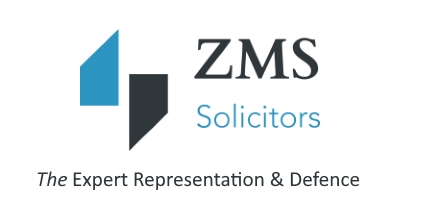Public Order Offences
There are a number of different types of public order offences ranging from the least serious offence of Section 5 to the offence of rioting which is contrary to Section 1 of the Public Order Act.
Section 5 – A section 5 offence comprises two elements: A person must (a) use threatening, abusive or insulting words or behaviour, or disorderly behaviour, or (b) display any writing, sign or other visible representation which is threatening, abusive or insulting; and
The words or behaviour, or writing, sign or other visible representation must be within the hearing or sight of a person likely to be caused harassment, alarm or distress thereby.
Unique amongst the public order offences in the Act, section 5 requires no proof of any intention, nor that any person actually be caused harassment, alarm or distress, only that the act took place within the hearing or sight of a person “likely” to be caused harassment, alarm or distress.
You can see from this definition that it is very easy to commit a public order offence and whilst it is not imprisonable it will still mean a court appearance and a criminal record if you have not already been to court before.
Section 4 Public Order Offence
In order to be guilty of an offence of S4 Public Order you have to have used threatening, abusive, or insulting words or behaviour towards another person; And intended to either cause them to believe that immediate unlawful violence will be used against them or to provoke them to use immediate unlawful violence.
Offences of threatening behaviour are relatively common charges to appear before the Court, although many of the offences are less serious than this charge would suggest. Often, though speaking to the Crown Prosecution Service and the Police it is possible to amend the charge to a Section 4A, or Section 5 offence.
The offence of threatening behaviour is a summary only offence, which means it can only be heard in a Magistrates Court. The offence can carry up to 6 months imprisonment, so if you are accused of this offence it is very important that you instruct a solicitor who you are sure is acting to the best of their ability to represent your best interests. Our team can assess the strength of the evidence against you as well as your account of the alleged incident and advise you on the best way to prepare your case.
Section 3 Public Order Offence
This is known as an affray. Often a fight between a number of individuals can result in charges of affray being laid against everyone involved.
A person is guilty of Affray if he “uses or threatens unlawful violence towards another and his conduct is such as would cause a person of reasonable firmness present at the scene to fear for his personal safety”.
If you are charged with an offence of affray it will be necessary for us to examine the evidence against you to see if you are indeed guilty of using or threatening “unlawful” violence and what that word means. You may accept that you have used violence but if it was in self -defence, you may have a defence to the charge against you.
You can be sent to prison for up to 3 years for this offence.
Section 2 Public Order
Commonly known as a violent disorder and defined as “Where 3 or more persons who are present together use or threaten unlawful violence and the conduct of them (taken together) is such as would cause a person of reasonable firmness present at the scene to fear for his personal safety, each of the persons using or threatening unlawful violence is guilty of violent disorder”
This carries a maximum sentence of 5 years in prison.
Section 1 Public Order is known as a riot.
This is similar to a violent disorder but requires at least 12 people to be present with a common purpose. It carries a maximum sentence of 10 years in prison.

